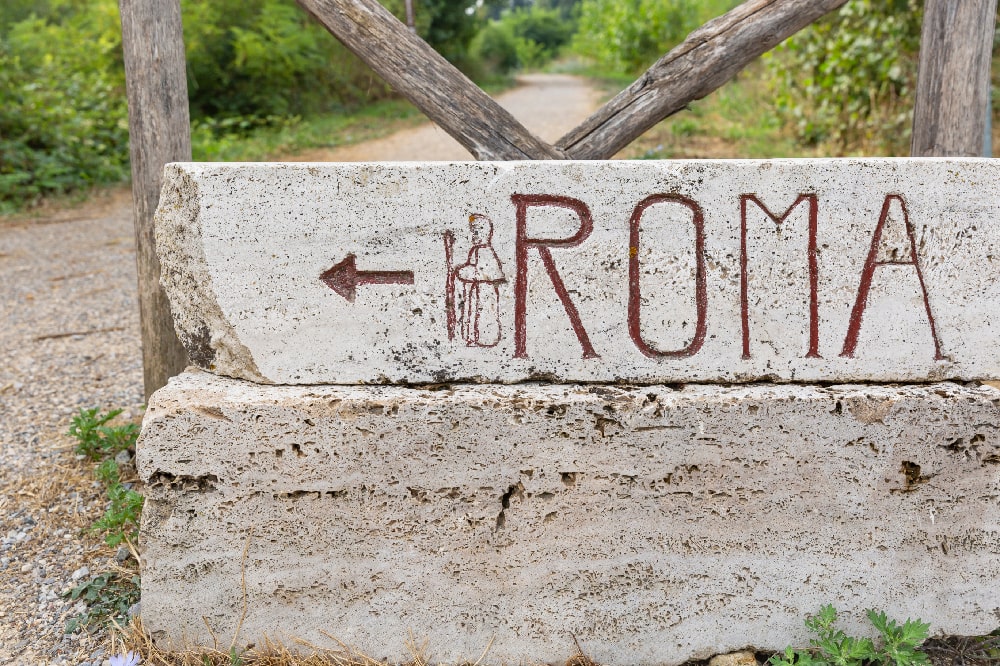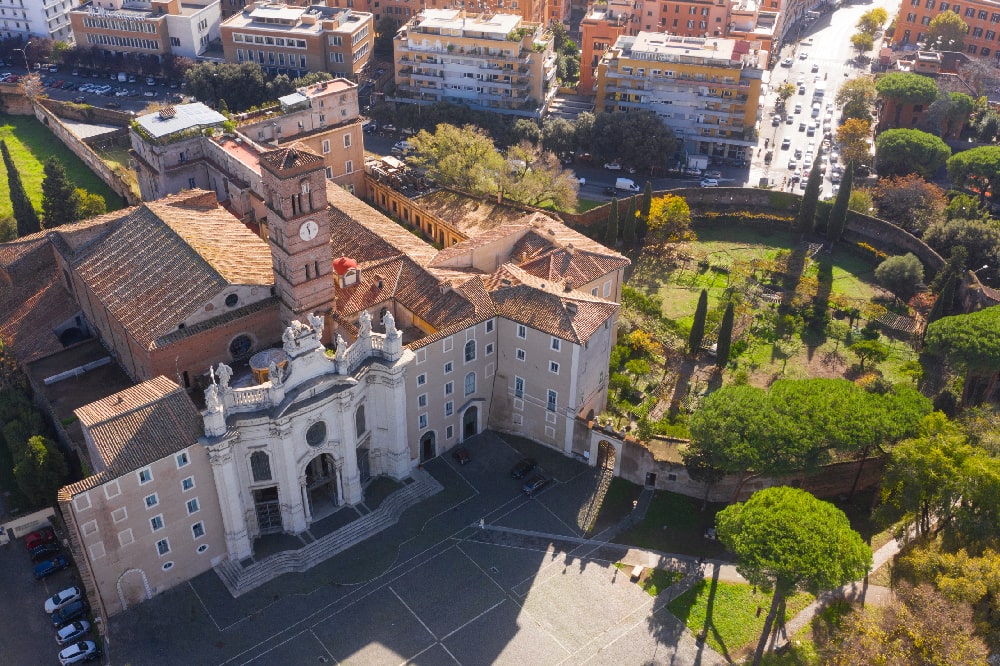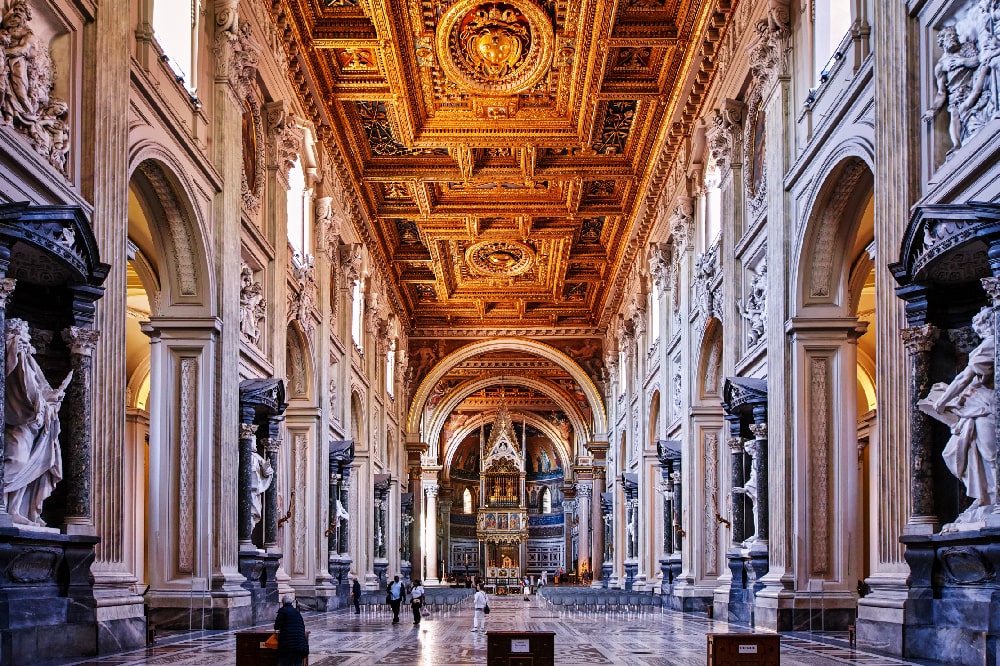The story of Jesus, between the Gospel story, historical reality and devotional legend. In view of Easter, we reconstruct the human story that changed the fate of humanity
Contents
- 1 Annunciation of the Lord
- 2 Jesus’s birth
- 3 Epiphany (The Magi)
- 4 The escape to Egypt and the slaughter of the innocent
- 5 When Jesus was found in the temple
- 6 Baptism and Temptations of Jesus
- 7 The public life of Jesus
- 8 The miracles of Jesus
- 9 Entry of Jesus into Jerusalem (Palm Sunday)
- 10 The Last Supper (washing of the feet)
- 11 The trial of Jesus
- 12 Passion and Crucifixion
- 13 Resurrection and Ascension of Jesus
Telling the story of Jesus may seem, at first glance, easy, even banal. Anyone born and raised in a Catholic family has been accustomed since childhood to the tradition of the Nativity scene, at Christmas, depiction of the Nativity of Jesus. If we then had the opportunity to attend the Catechism, we soon learned about the history of this man who was not only a man, and who took into His hands the salvation of all. We listened as if they were fairy tales to His parables, the miracles of which He was the protagonist and creator. His words of love and wisdom have accompanied us all our lives.
But regardless of our religious profession, the history of Jesus is closely linked to the history of humanity and deserves to be known and understood in its many, precious facets. To reconstruct His life it is not enough to follow the facts narrated in the four Canonical Gospels, written by the evangelists Matthew, Mark, Luke and John. Although they represent the only recognized ancient textual sources, they leave too many gaps. There are only rare references to what has been defined as the lost years of the life of Jesus, the years between his birth and the beginning of his preaching. In the same stories it is then difficult to separate the historical component from the mythical one, inevitably connected to the real facts. They also have significant differences: if in Matthew, Mark and Luke, the so-called Synoptic Gospels, are narrated more or less the same episodes, albeit with variations, In the Gospel of John there are ‘unpublished’ stories and several events reported by the other three evangelists are missing.

The Easter Nativity scene, an ancient tradition to be rediscovered
Easter Nativity? Of course!
The apocryphal Gospels, subsequently written and not recognized by scholars, contain other valuable information, but difficult to verify, as well as the numerous medieval documents and devotional works, for which it is often impossible to trace back to a documented and plausible historical source.
Easter is approaching and with it the occasion to set up the Easter Crib, a tradition that prepares us for His death, and offers us an opportunity for reflection on His life and His work. What are the most important events in the life of Jesus? What is really significant from the moment of the Annunciation to the Nativity, until death and Resurrection?
Annunciation of the Lord
Both the Gospel of Matthew and that of Luke begin with an Annunciation. In fact, first in both Gospels is listed the Genealogy of Jesus, which starts from Abraham in Matthew and from Adam in Luke, and where Joseph is presented as an adoptive father. The Annunciation narrated in the Gospel of Matthew (Matthew 1:18-25) is the one that sees as the protagonist Joseph, who in the process of repudiating Mary, after discovering her interesting state, was visited in a dream by an angel who informed him of the true identity of the Child who was to be born and of Mary’s role in God’s plan. The Annunciation of Luke (Luke 1,26-38) tells how the Archangel Gabriel appeared to Mary to announce the conception of the Son of God.
Jesus’s birth
As for the birth of Jesus, it is still Matthew and Luke who mention their Gospels. The first (Matthew 1,25) is limited to mentioning the news: “Jesus was born in Bethlehem of Judea, at the time of King Herod”, while the second (Luke 2,1-20) tells the whole episode in great detail, by the enactment of the decree of Caesar Augustus by which Joseph had to return from Nazareth and Bethlehem for the census, at the birth of Jesus in a stable, because there was no room in the hotel, at the adoration of the shepherds, invited by an angelic multitude to reach the place of the Nativity.
Epiphany (The Magi)
Matthew also mentions the visit of the Magi from the East (Matthew 2,1), and is the only one among the evangelists to do so. All the other traditions related to these three figures, their names, and the gifts they bore, derive from the subsequent Christian tradition.
The escape to Egypt and the slaughter of the innocent
Likewise, only the Gospel of Matthew (Matthew 2,13-23) recounts the episode of the flight to Egypt and the slaughter of the innocent, when an angel of the Lord appeared to Joseph warning him of King Herod’s intention to kill Jesus, and he took Mary and the newborn Child and set out, while Herod’s soldiers slaughtered all the children of Bethlehem. The Holy Family would remain in Egypt until Herod’s death.
When Jesus was found in the temple
As we have mentioned, little is known about the lost years of Jesus, but the Gospel of Luke mentions the episode of the visit to the Temple (Luke 2,41-50), when Jesus was twelve years old and Mary and Joseph took him with them to Jerusalem for the feast of Easter. Departing for Nazareth, they discovered that Jesus was not in the caravan and returned, desperately searching for him for three days, only to find him in the temple, sitting among the doctors, listening to them and questioning them.
Baptism and Temptations of Jesus
Matthew, Mark and Luke tell of the baptism received by Jesus, now a man, by John the Baptist. In the Gospel according to Mark (Mark 1,9-13) and in the Gospel according to Matthew (Matthew 3,13-4,11) it is told how Jesus, who came from Nazareth to the banks of the Jordan, met John the Baptist and was baptized by him. As he came out of the river the heavens opened wide, the Holy Spirit in the form of a dove descended upon Him and a deputy said, “You are my beloved Son, I am pleased in you.”
Matthew also makes John the Baptist speak who, at first, refuses to baptize Jesus, as he should be the one to be baptized.
In the Gospel according to Luke (Luke 3,21-22;4,1-13), Jesus is baptized together with all the people, and the dove and the voice from heaven reach Him while he is gathered in prayer.
Matthew and Luke also dwell on the next forty days, which Jesus will spend in the desert tormented by the temptations of the Devil, while Mark barely mentions them.
John does not speak of the baptism of Jesus, but only of the descent of the Holy Spirit in the form of a dove.
The public life of Jesus
All the evangelists speak of the public life of Jesus, or rather of his Ministry, the period of three years from Baptism on the banks of the Jordan to death in Jerusalem. At that time Jesus was about thirty years old, and after forty days in the desert, He began His wanderings in Galilee, where He gathered around Himself the first disciples. This is the so-called First Ministry, which also includes the call of the apostles to the Lake of Tiberias, as recounted in the Synoptic Gospels, while in the Gospel of John Jesus’ first encounter with Andrew, Peter and John took place in Bethany shortly after Baptism.
Jesus then set out on a journey through Judea and into Jerusalem, where he began his final ministry, the Week of Passion, the last week of his life.
The miracles of Jesus
In the course of His ministry, Jesus also performs many miracles, ranging from prodigious healings to exorcisms, to the resurrection from the dead.
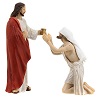
Entry of Jesus into Jerusalem (Palm Sunday)
All the Canonical Gospels recount Jesus’ entry into Jerusalem, greeted by a festive crowd who acclaim him and wave the branches of Palma. Hence the tradition of Palm Sunday, which marks the beginning of Easter Holy Week.
The Last Supper (washing of the feet)
The four Gospels also tell of the Last Supper of Jesus and His disciples, gathered in the Upper Room to celebrate the Jewish Passover, when the institution of the Eucharist took place. On that occasion, Jesus also washed the feet of his apostles, although this episode is recounted only in the Gospel according to John (John 13,1-15), and revealed that one of the apostles would betray him.
The trial of Jesus
The four Canonical Gospels recount the arrest of Jesus in the Garden of Gethsemane, outside Jerusalem, of his interrogation and trial first before the Sanhedrin, the supreme Jewish council in Roman times, then by the Roman governor Pontius Pilate. The arrest traditionally takes place on Thursday evening, Pilate’s sentence is issued on Friday. In the Gospel according to Luke, Pilate sends Jesus to Herod Antipas, who sends him back without pronouncing himself. Although during a first private conversation with Jesus, Pilate came to the conclusion that he was mentally ill and had judged him innocent, he is later forced to condemn him. For the accusations of blasphemy, sedition and offence of treason, Pontius Pilate sentenced him to death by crucifixion. In the process, Barabbas is freed, and chosen by the people to be pardoned instead of Jesus.
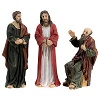
Passion and Crucifixion
The Passion of Christ includes the last terrible moments of His life, after the process, when He is led to Mount Golgotha and crucified. The trial ends at noon, and Jesus’ death takes place around three o’clock in the afternoon (ninth hour) on Good Friday. The Passion is remembered by Christians in Holy Week followed by Easter, which celebrates the Resurrection of Christ three days after his death.
Sadly famous episodes of the Passion are the Flagellation of Christ, reported in all the Gospels, the coronation with the crown of thorns, the ascent to Calvary, where according to Matthew, Mark and Luke Jesus was helped by Simon of Cyrene to carry the cross. On Golgotha Jesus is crucified between two thieves. According to Matthew and Mark at His death, the veil of the temple in Jerusalem is torn by a supernatural wind. The Deposition of the body of Jesus in the tomb follows.
Resurrection and Ascension of Jesus
The Resurrection of Jesus from the dead is told with some differences in the various Gospels. In Matthew after the Sabbath at dawn Mary Magdalene and Mary of Cleophas go to the tomb and find it empty. In Mark are Mary Magdalene, Mary of James and Mary Salome, in Luke Mary Magdalene, Joan the Mirofore and Mary of Cleophas and resurrects others, while John the Evangelist mentions only Mary Magdalene and other unnamed women and moves the action to the “first day of the week when it was still dark”. The story continues, with the stone of the tomb being removed, by an angel or two angels, or by an earthquake, depending on the stories, and the fear of the soldiers on guard or the women. The angel announces to the women the Resurrection of Jesus and orders them to report the news to the disciples. To the women who flee from the tomb Jesus appears (for Mark only to Mary Magdalene) and depending on the versions they go to give the announcement or silence.
The Gospel of Luke and the Acts of the Apostles (Luke 24,51 and Acts 1,9-11) also recount the Ascension of Jesus, the last episode of His earthly parable. Jesus goes up to heaven to sit at the right hand of the Father, and from there he will return only to the End Times to judge the living and the dead.
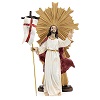

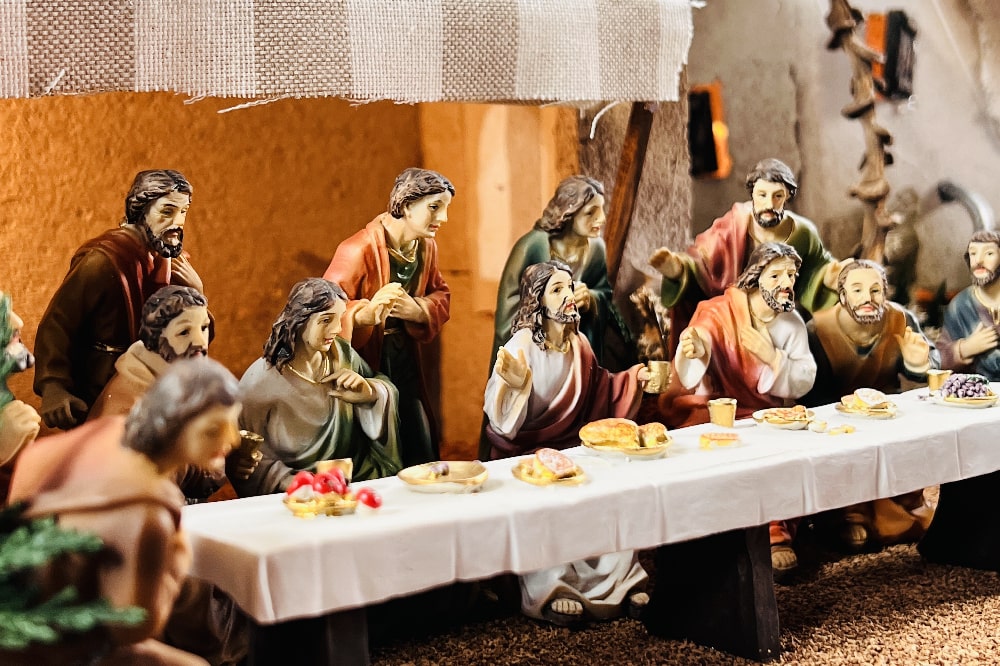
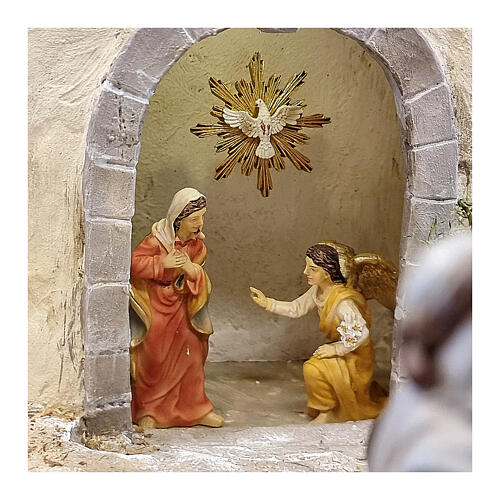
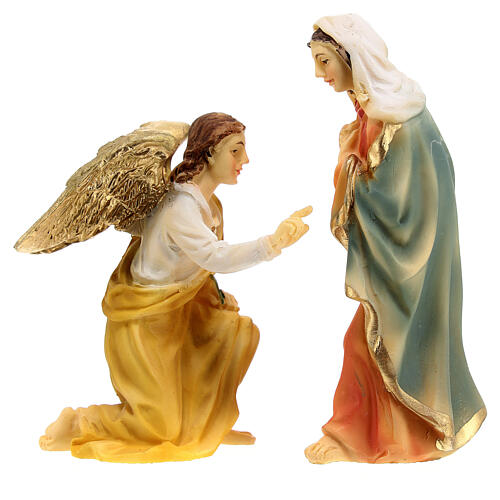
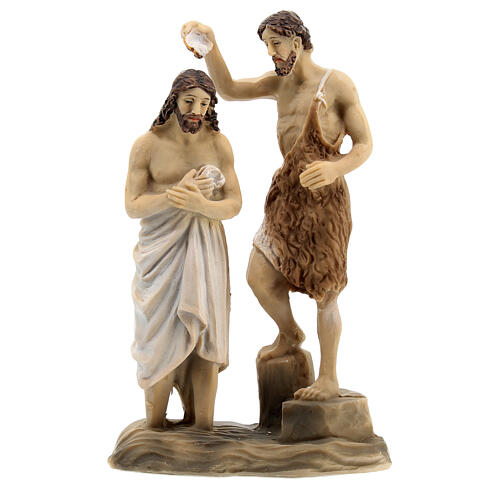
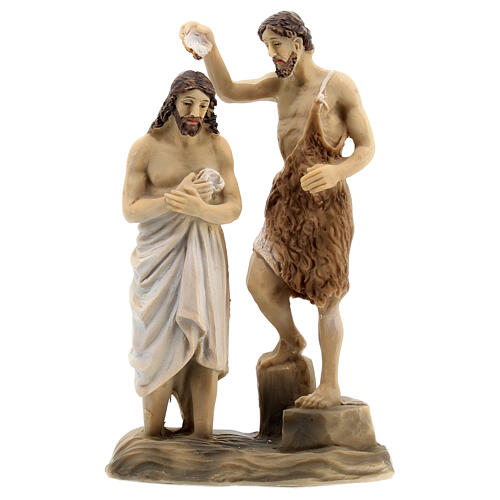
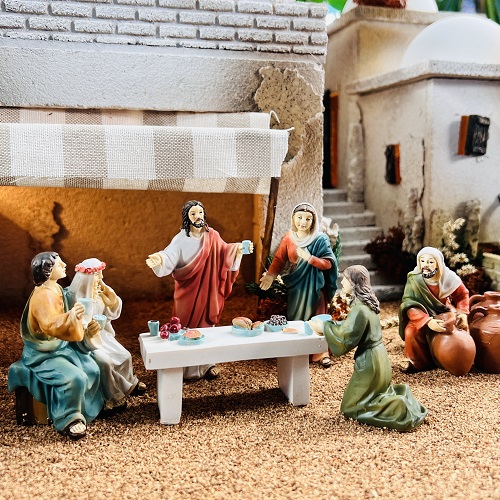
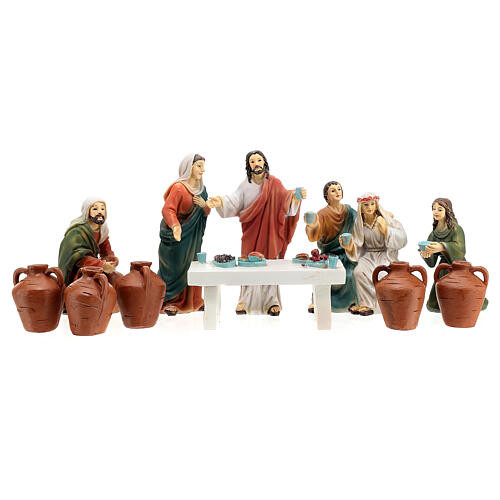
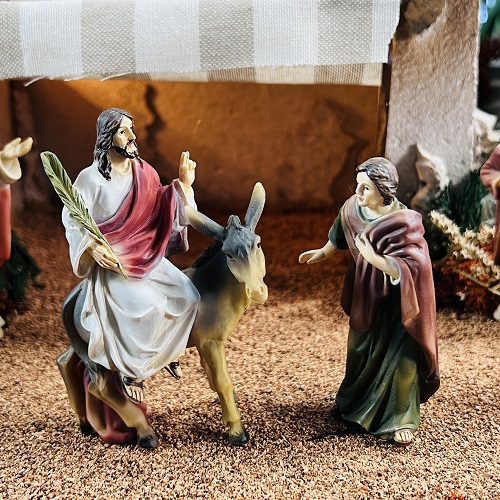
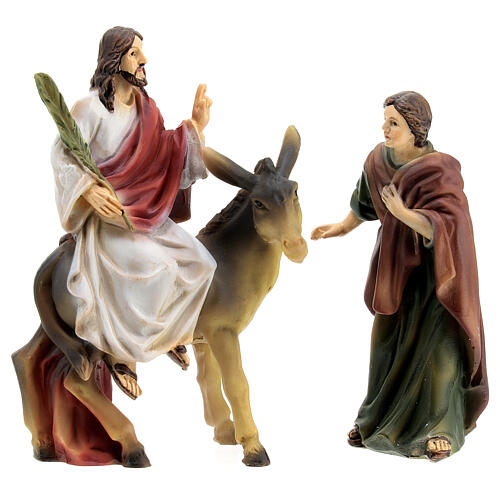
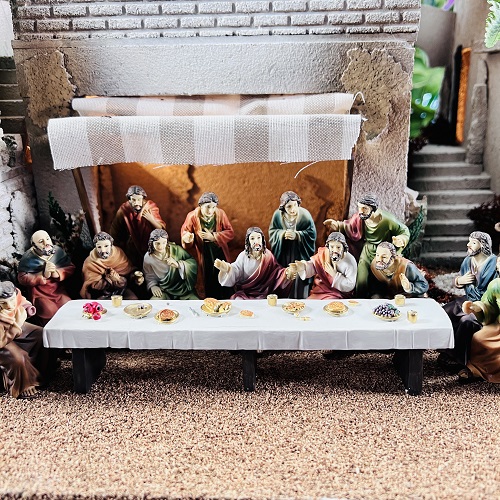
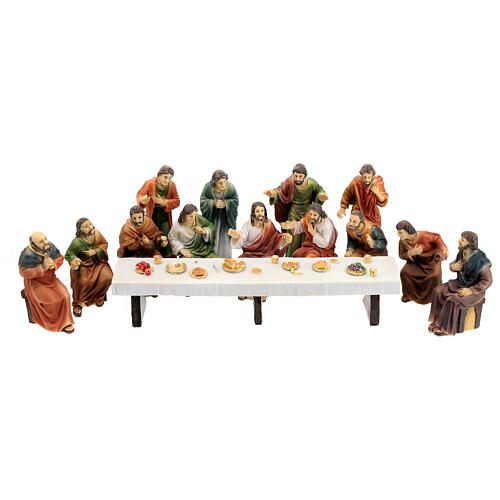
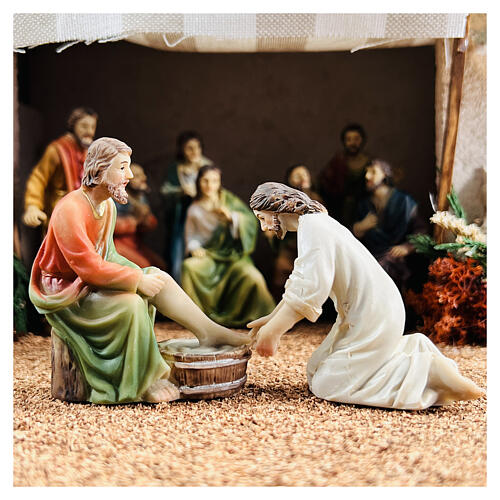
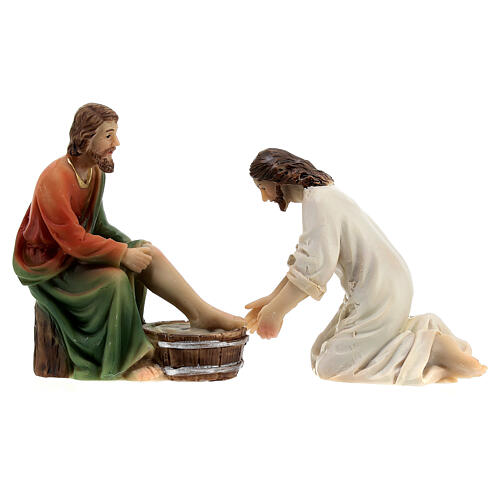
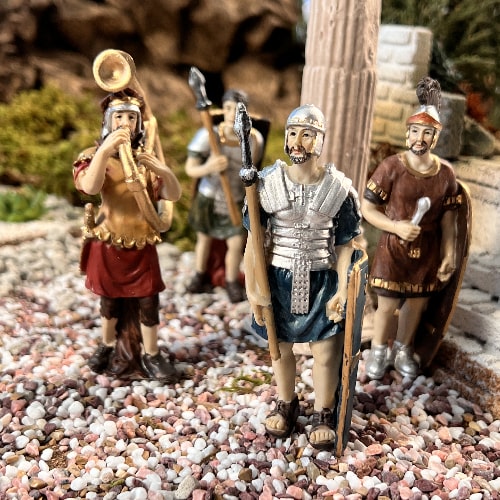
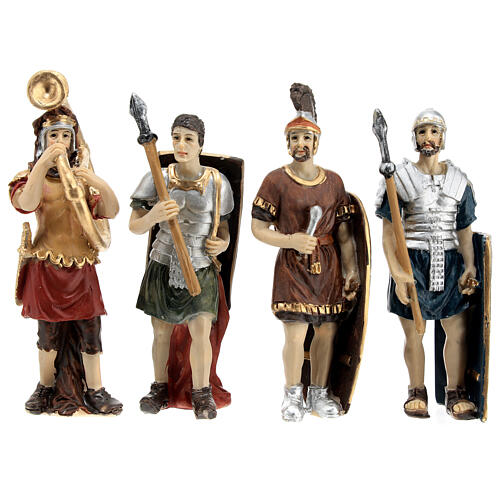
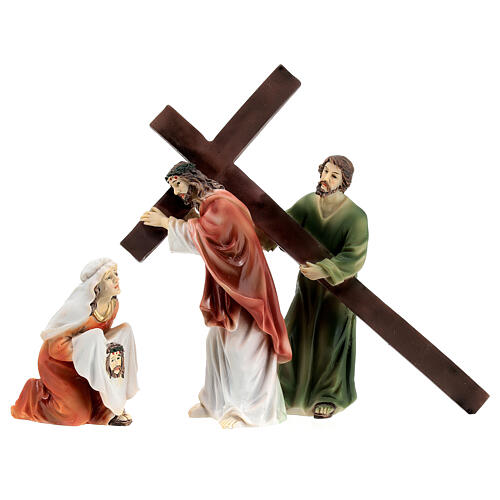
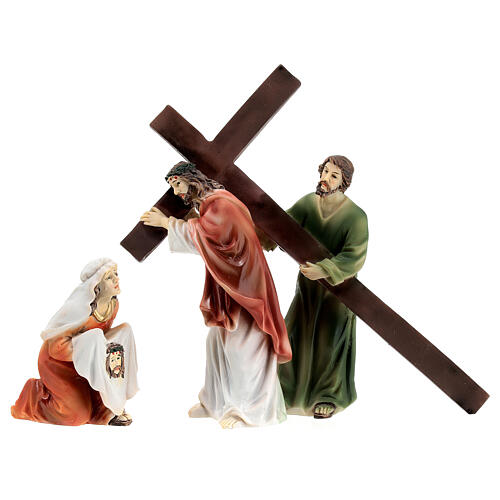

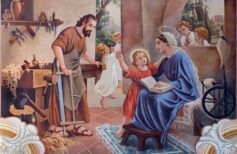

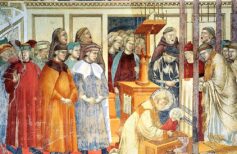
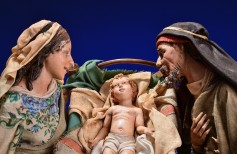

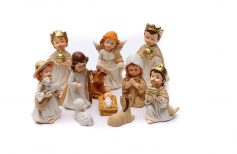
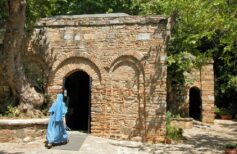
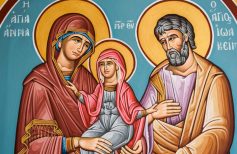






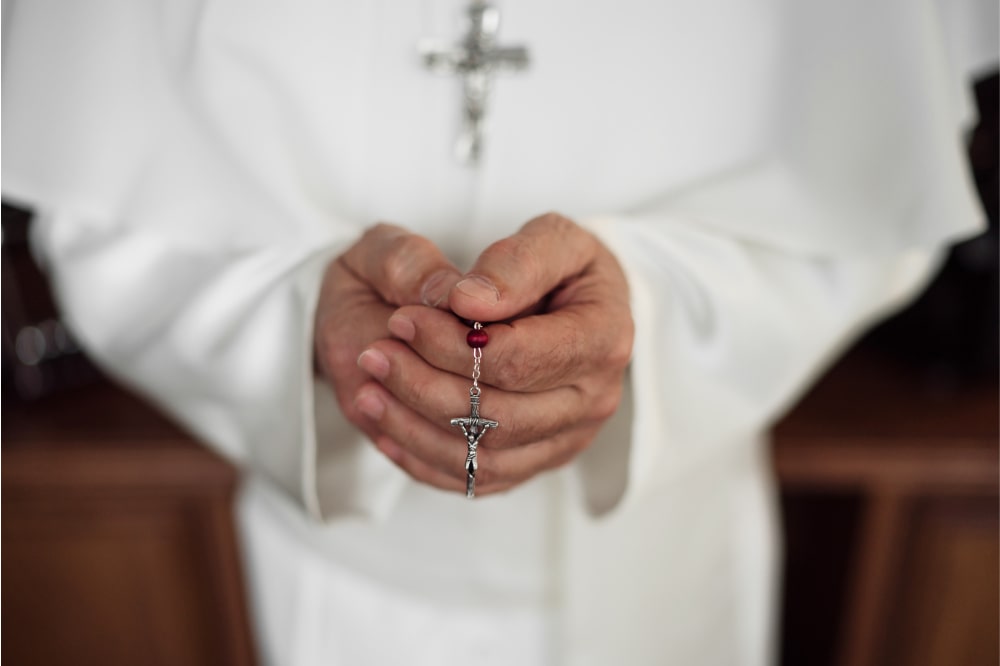
 5 June 2024
5 June 2024
